During the Jim Crow Era
Rehoboth Beach
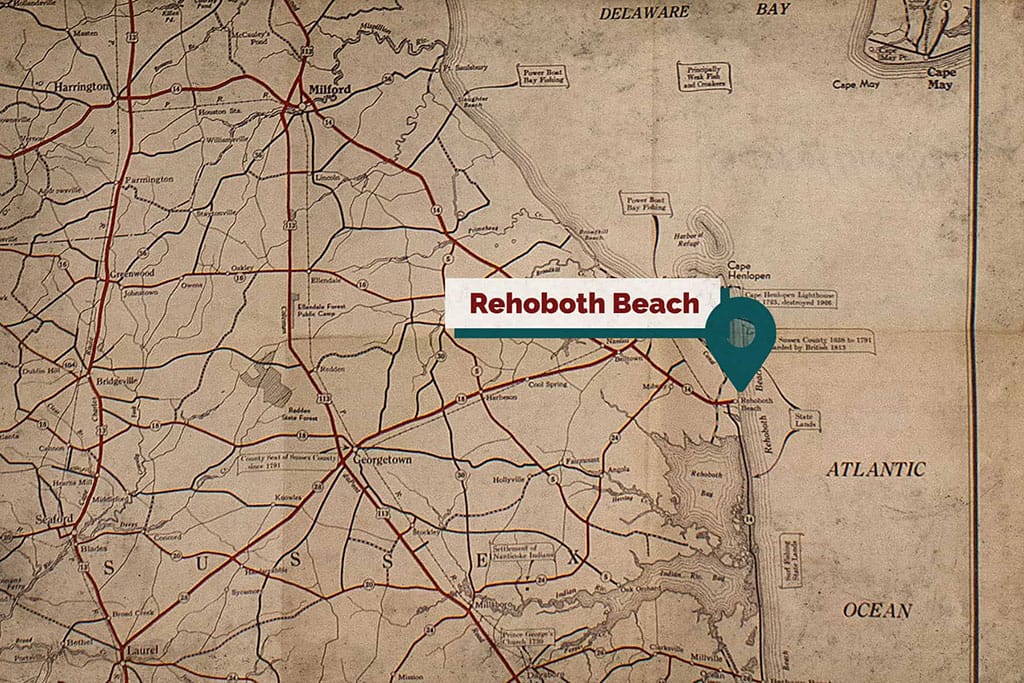
Rehoboth Beach is located in the southern area of the ancestral homeland of the Big Siconese, also known as the Lenni-Lenape people, similar to Lewes Beach. This land is located along the southern Atlantic coast of Delaware, between Delaware Bay and Rehoboth Bay in Sussex County.
In the eighteenth and nineteenth centuries, the land was taken over and settled by white European and native-born farmers. By 1873, 414 acres of land were purchased from local farmers and a seaside Methodist camp and resort town was established. Rev. Robert W. Todd of the St. Paul’s Methodist Episcopal Church incorporated the area as the Rehoboth Beach Camp Meeting Association of the Methodist Episcopal Church.
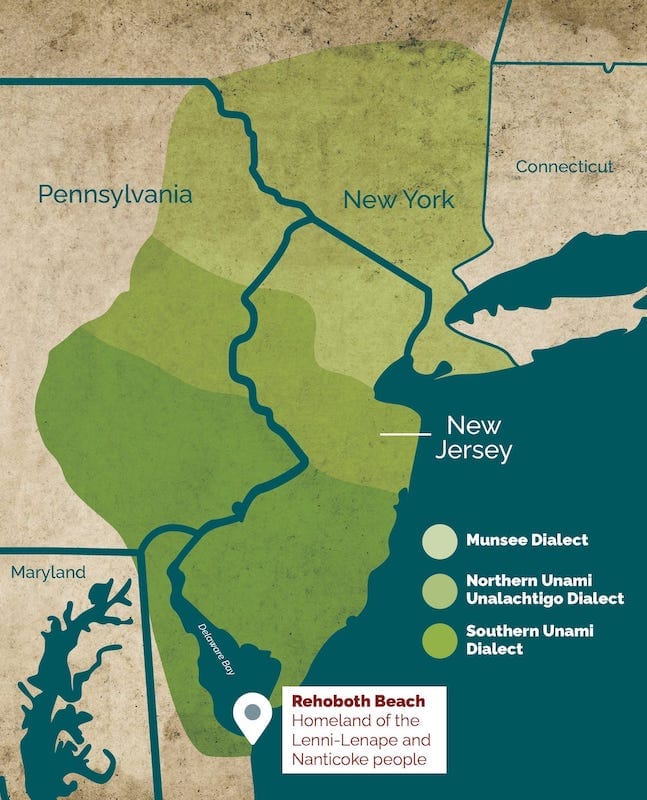
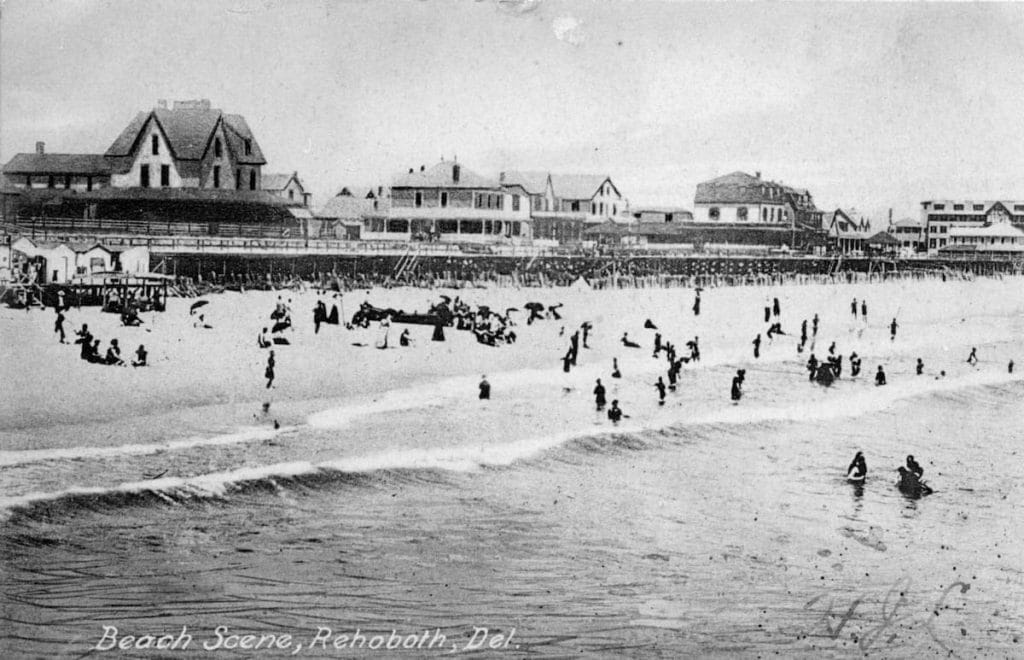
The Boardwalk was built in 1873. The Junction and Breakwater Railroad running between Lewes and Rehoboth was established in 1878. By 1879 the Henlopen Hotel was built. After much controversy and reorganization the city was renamed Rehoboth Beach in 1893. Rehoboth is an Old Testament Hebrew word meaning “broad spaces.”
The end of the nineteenth and beginning of the twentieth century brought backlash from Reconstruction and the institution of Jim Crow, segregation laws in Delaware. When people visited Rehoboth Beach segregation laws were also instituted. Generally, Black people were not allowed on Rehoboth Beach unless they were employed by white visitors.


Image: Screenshot of May 23, 1948 edition of The Sunday Star – help wanted advertisements for “colored” workers to do housework.
Black people lived in the city of Rehoboth Beach, worked in the hotels, restaurants, country club, and in the homes of white residents and beach-goers in positions such as cooks, waiters, nannies, housekeepers, and chauffeurs, but they were unable to patronize those same establishments.
There were only a few restaurants and places to stay that Black people could patronize when they visited Rehoboth Beach due to segregation. Rehoboth Beach was a location featured in the travel guides published for Black readers in the early twentieth century. Two such guides were the The Traveler’s Green Book: Guide for Travel and Vacation and The Go Guide to Pleasant Motoring. These guides would have been informative publications to reference as they planned their trips to Delaware beaches.
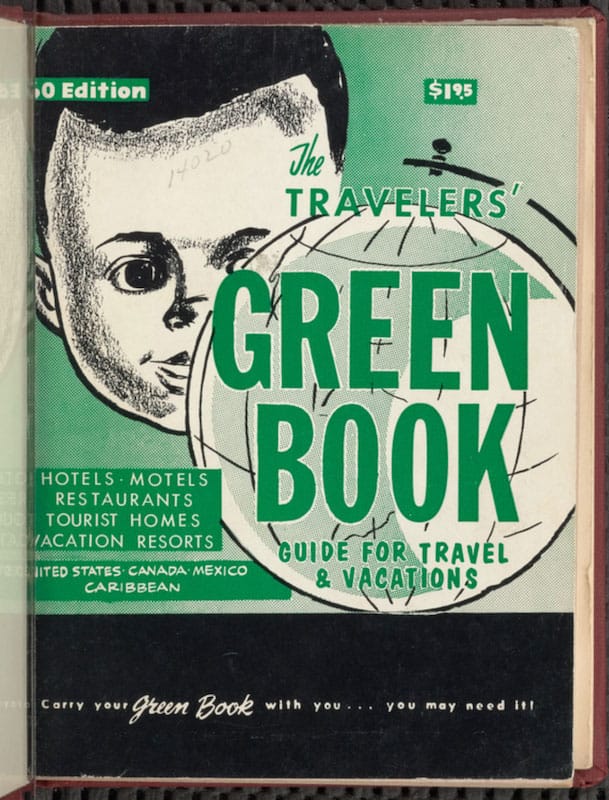
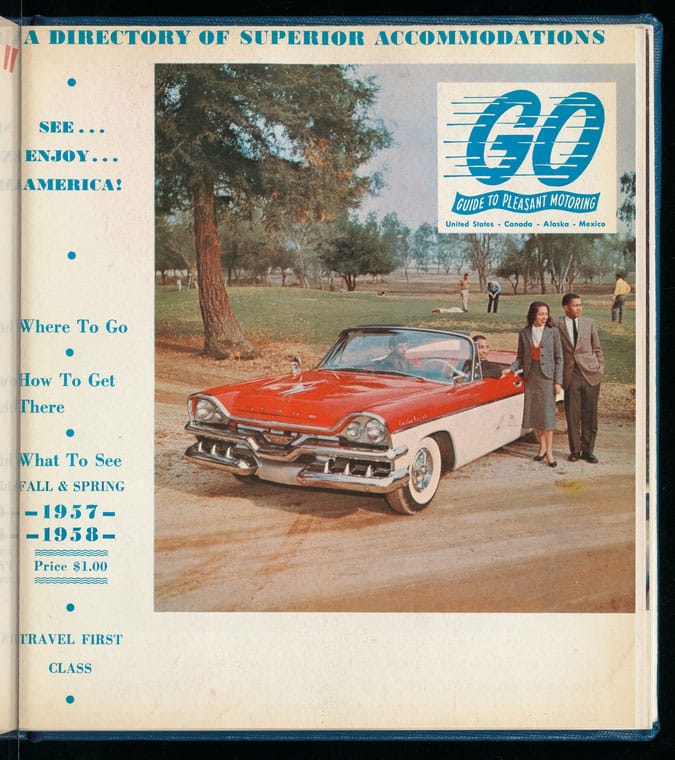
The Green Books and Go Guides of the 1950s and 1960s mention the Mallory Cabins as an optional place for beach-goers to stay when they arrived in Rehoboth. The 1955 Green Book also mentions a place by the name of Dixon at 379 Beach Street as another location to stay while in Rehoboth Beach.
Similar to Lewes Beach, Rehoboth Beach also had a section of the beach that was designated for non-white visitors, a “colored” section. This section of the beach was remembered to be north of the entrance in front of the Cape Henlopen Hotel. Some people referred to this area of the beach as the “Crow’s Nest.” A crow being a derogatory term used at the time to refer to nonwhite people.
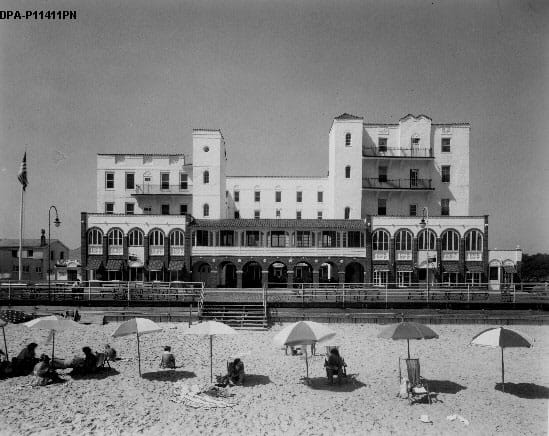
Additional Resources
- “In Her Own Words: Waynne Paskins,” Rehoboth Beach Museum YouTube Channel, 22 Apr 2021, accessed June 8, 2021.
- Native-Land.ca, accessed July 15, 2021.
- “Oral History of Mrs. Ada Burton,” Rehoboth Beach Historical Society, 16 Jul 2009
- “Oral History of Mr. Walter Harmon,” Rehoboth Beach Historical Society, 10 Jul 2009.
- Oscar Harmon Jr., Addendum, “Oral History of Mr. Walter Harmon,” Rehoboth Beach Historical Society, 10 Jul 2009, 21-25.
- “Rehoboth Beach,” Delaware Public Archives, accessed August 17, 2021.
- “Rehoboth Beach Photograph Exhibit,” Delaware Public Archives, accessed August 25, 2021.
- Schomburg Center for Research in Black Culture, Jean Blackwell Hutson Research and Reference Division, The New York Public Library. “The Go Guide to Pleasant Motoring.” New York Public Library Digital Collections.
- Schomburg Center for Research in Black Culture, Jean Blackwell Hutson Research and Reference Division, The New York Public Library. “The Negro Motorist Green Book.” New York Public Library Digital Collections.
- “The Ancient Ones,” Nanticoke and Lenape Confederation: Learning Center and Museum, accessed August 12, 2021.
- “The History of Rehoboth Beach, Delaware,” City of Rehoboth Beach, accessed August 18, 2021.

